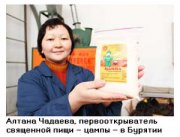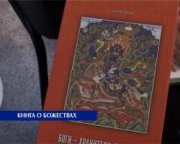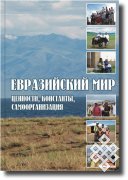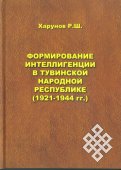 Northern Asia is a place that is extremely interesting from the point of view of genetics. Already in deep ancient times, Europeoid and Mongoloid races met there and their contacts are evidenced by the formation of racial type of significant proportion of Eurasian population. Beside that, the oldest populations of this region also participated in populating America.. To reconstruct a holistic model of the processes of population of Northern Asia and America, specialists of the Institute of Biological Problems of the North of DVO RAN spent several years analyzing the structure and variety of mitochondrial DNA sequencing of various ethnic groups of Eurasia and America. Their research was supported by grants from RFFI and DVO RAN.
Northern Asia is a place that is extremely interesting from the point of view of genetics. Already in deep ancient times, Europeoid and Mongoloid races met there and their contacts are evidenced by the formation of racial type of significant proportion of Eurasian population. Beside that, the oldest populations of this region also participated in populating America.. To reconstruct a holistic model of the processes of population of Northern Asia and America, specialists of the Institute of Biological Problems of the North of DVO RAN spent several years analyzing the structure and variety of mitochondrial DNA sequencing of various ethnic groups of Eurasia and America. Their research was supported by grants from RFFI and DVO RAN.
Tuva.Asia / The New Research of Tuva
 created with the support of Russian Scientific Fund for the Humanities (grant #09-03-12130в)
created with the support of Russian Scientific Fund for the Humanities (grant #09-03-12130в)













